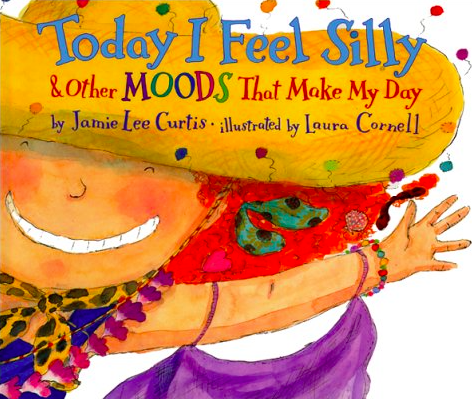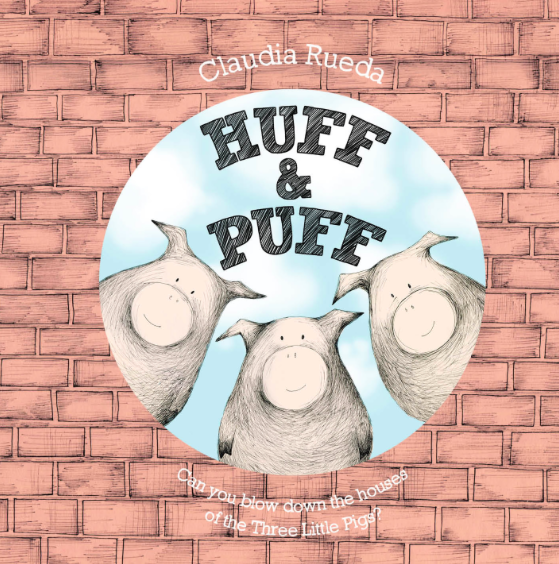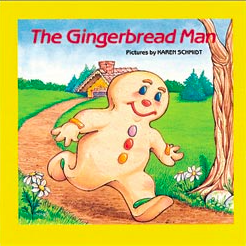Hi, this is Jessica from Literacy Spark. If there is one thing I have learned teaching young students, it's that reading needs to be fun! If reading is a forced chore for a child in first grade, it will likely remain that way for years to come unless an awesome teacher comes along and makes an impact.
One of the ways to make reading engaging for young readers is to use books that encourage movement. This makes reading books a desirable activity because it is fun! It's that simple. I am going to share with you today 13 books that you can use to get your students up and moving. The majority of them are most appropriate for pre-k, kinder, and first. Many also incorporate rhyming and repetitive text.
Note: This post contains affiliate links. Click the book images or links to find the them on Amazon.
From Head to Toe by Eric Carle is a favorite in our house! My daughter is only 15 months old and she has learned the movements of the animals from this book. She even opens it up and does what the animals are doing all by herself. And now if she sees or hears "gorilla" she pats her chest. Amazes me! I used to have a big book of it when I taught first grade and it is really fun book for early readers. It's very repetitive ("Can you do it? I can do it! I can do it!") and on every page a movement is encouraged, for example, turning your head like a penguin or stomping like an elephant.
The Little Old Lady Who Was Not Afraid of Anything by Linda Williams is a classic and Halloween favorite. The little old lady is walking outside late at night when she starts being chased by shoes, pants, gloves, etc. Each of the items chasing her makes a special sound or motion (the gloves clap, for example). This book would be great for working on sequencing with little ones as well as problem and solution.
Silly Sally by Audrey Wood is silly book about dancing, leaping, tickling, walking backwards, and more. While not much depth, it does rhyme and have repetitive phrases so it would be good for fluency practice.
Huff and Puff by Claudia Rueda is a very simplistic take on The Three Little Pigs with a surprise ending. There is not a lot of text and the pictures allow for kids to tell and interact with the story themselves. The book itself has holes in it so that the reader can pretend to "blow" down the houses like the wolf.
In Oh! by Kevin Henkes, the animals all want to come out and play after a snowfall. Each page has a different motion being performed by an animal so this would be a great book to use for teaching action words to young readers.
There is something about The Gingerbread Man that makes me (and my students) feel like running! Kids into second grade still love this story! I've had second graders work together to put this into a play. Since the text is repetitive, it's easy for them to remember and they absolutely love running around and role playing it. This is still my favorite version.
 |
| Add caption |
Today I Feel Silly by Jamie Lee Curtis is a really cute book all about feelings. It also rhymes and reads to a rhythm. Kids love acting out the different emotions shown in the text. Great for helping students learn to express their emotions using words other than happy and sad.
Up, Down, and Around by Katherine Ayres describes how some plants grow up, others grown down into the ground, while others grow around so it would work perfectly for a science lesson with young students. The text is simple and rhymes making it fun to read while learning how plants grow.
All kids know this song, right? I mean I listen to it in the car every day now... I bet your students would be surprised to know that it is a book and I bet they would also find it very fun and easy to read! If You're Happy and You Know It! adapted by Anna McQuinn has colorful illustrations of children around the world and also comes with the music CD.
Like a Windy Day by Frank & Devin Asch would be an excellent book to use for visualizing. The little girl in the story basically imagines that she is the wind. It has fairly decent descriptive language for young readers too ("zoom down the hillsides") that they would have fun trying to replicate.
Quick as a Cricket by Audrey Wood has simple sentences that describe a boy pretending to be certain characteristics of animals, such as "I am as small as an ant." This text would be a good model for having students write their own similar sentences.
Move! by Steve Jenkins and Robin Page would be a another book to use for teaching about action words or even for science as it specifically describes how different animals move. Kids love trying to act out the motions, which are pulled out of the text and written in large print on each page.
We're Going on a Bear Hunt by Michael Rosen brings the famous song to text. I'm actually not sure which came first since I never knew this was a book! Kids love singing along to the rhythm and patting their knees while they role play the actions. Here's a good You Tube video with the song and photographs to go along with it.
I hope you have found something new to use with your students or even your toddler at home. Just remember to let them move and have fun reading!























































